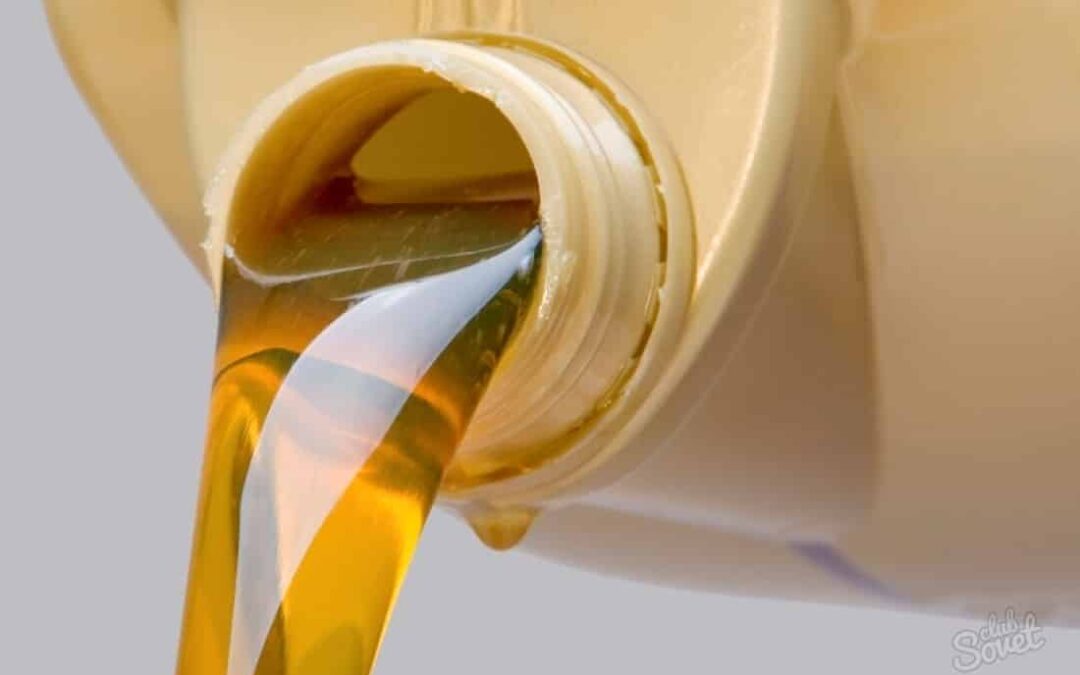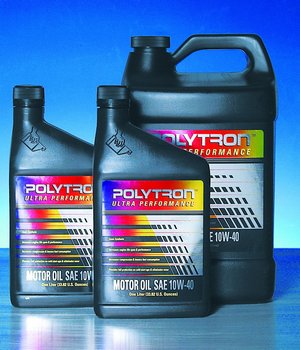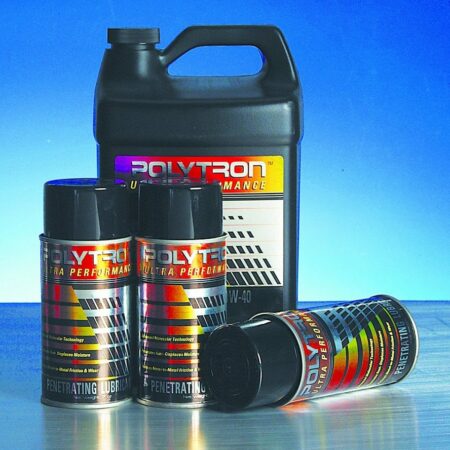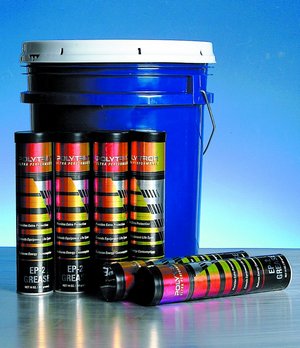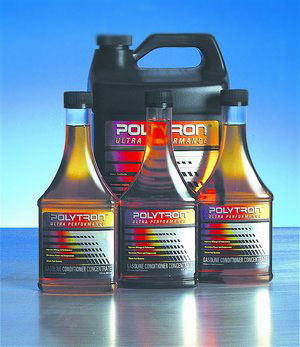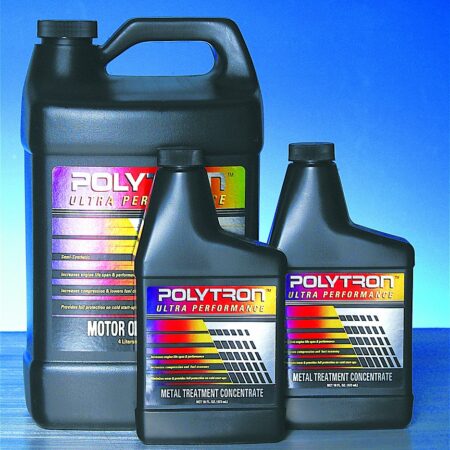Introduction
The engine was put together without replacing or machining any parts. According to our most conservative estimate, over 30,000 hours that the generator was in operation, the user saved at least $150,000 on repairs, fuel and oil consumption. And spent only $7,690 on Polytron products, a return of approximately $20 on each dollar invested in Polytron…
This 1000KVA Cummins Generator driven by 1,800 horse power engine was in service for more than 30,000 hours. According to the manufacturer’s instructions, oil and oil-filters had to be replaced every 250 hours.
Using Polytron
We started using Polytron after the generator was in service for about 5,000 hours. Within a very short time of using Polytron MTC and Fuel Conditioner, we experienced an average of 10% reduction in fuel consumption. Based on used oil analysis we decided to extend the oil change intervals to every 1,000 hours and then to every 1,500 hours.
Typically, this type of engine is overhauled after 17,000 hours in operation. In this specific case the engine was taken apart after 30,000 hours not because it had to be overhauled but because of penetration of water into its oil system. In spite of the water, there was no indication whatsoever that the engine was deteriorating in performance.
Nevertheless, after 100 hours in operation with water presence in the oil system, the general manager of the quarry decided to take the engine apart. “I have seen too many times what presence of water in the oil system can do to an engine, I don’t want to stretch my luck” was his answer when Polytron distributor told him not to worry.
The general manager of the quarry was very impressed when he was told by the head mechanic in the repair shop that the engine parts looked new and that he thought that there must have been a mistake in the paperwork, because the condition of the engine parts didn’t have any indication whatsoever that the engine was in operation for 30,000 hours or water penetrated the oil system.
The Quarry manager was so impressed by the findings that he decided to invite the local distributor and the US manufacturer to produce a video-tape of the engine parts to use as a reference with his high recommendation for Polytron products.
Inspection Details
[su_row][su_column size=”1/2″]All the liners were micro-measured. There was no wear whatsoever, all the dimensions were within the manufacture’s specs of a new engine. In all the liners you could see distinct traces of the cross-honing pattern of the original bore , and the liner surfaces looked “polished – like” and shiny.[/su_column]
[su_column size=”1/4″] [/su_column]
[/su_column]
[su_column size=”1/4″]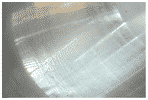 [/su_column]
[/su_column]
[/su_row]
[su_row]
[su_column size=”1/2″]All the pistons had piston skirts and piston rings totally clean of any build-up. The rings looked like new and didn’t have any wear.[/su_column]
[su_column size=”1/4″] [/su_column]
[/su_column]
[su_column size=”1/4″]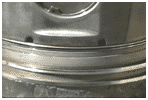 [/su_column]
[/su_column]
[/su_row]
[su_row]
[su_column size=”1/2″]We micro-measured the crankshaft and found it to be in great condition. Totally round, no traces of wear. It didn’t need any machining.[/su_column]
[su_column size=”1/4″]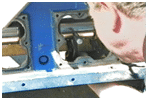 [/su_column]
[/su_column]
[su_column size=”1/4″]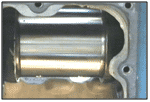 [/su_column]
[/su_column]
[/su_row]
[su_row]
[su_column size=”1/4″]Cylinder liner from a 16,000 hours old engine (without Polytron MTC) scuffed and scored.[/su_column]
[su_column size=”1/4″] [/su_column]
[/su_column]
[su_column size=”1/4″]Cylinder liner from our 30,000 hours old engine with Polytron MTC totally clean with almost no wear at all.[/su_column]
[su_column size=”1/4″]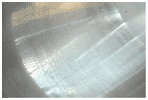 [/su_column]
[/su_column]
[/su_row]
[su_row]
[su_column size=”1/2″]After 30,000 hours in operation and 100 hours in the presence of water, all the piston pins didn’t have any traces of wear, looked polished-like and new.[/su_column]
[su_column size=”1/2″]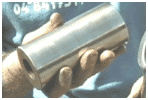 [/su_column]
[/su_column]
[/su_row]
[su_row]
[su_column size=”1/2″]After 30,000 hours in operation and 100 hours in the presence of water, all piston pin bearings didn’t have any wear and looked like new.[/su_column]
[su_column size=”1/2″]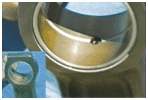 [/su_column]
[/su_column]
[/su_row]
[su_row]
[su_column size=”1/2″]After 30,000 hours in operation and 100 hours in presence of water, all the connecting-rod bearings didn’t have any traces of wear, maintained their full thickness and their coating. They looked like new.[/su_column]
[su_column size=”1/4″]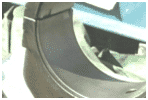 [/su_column]
[/su_column]
[su_column size=”1/4″] [/su_column]
[/su_column]
[/su_row]
[su_row]
[su_column size=”1/2″]Crankshaft Main Bearings looked like new, there were no traces of wear. They maintained their original coating. Usually after 17,000 hours they are chewed up. In this engine we usedPolytron, there was almost no wear at all after 30,000 hours.[/su_column]
[su_column size=”1/4″]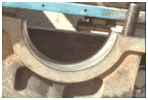 [/su_column]
[/su_column]
[su_column size=”1/4″]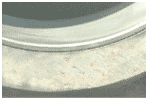 [/su_column]
[/su_column]
[/su_row]
[su_row]
[su_column size=”1/4″]Piston-rod bearing from 16,000 hours old engine, (without Polytron MTC) chewed up as a result of wear.[/su_column]
[su_column size=”1/4″]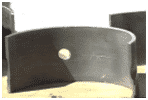 [/su_column]
[/su_column]
[su_column size=”1/4″]Piston-rod bearing from our 30,000 hours old engine with Polytron MTC totally clean with almost no wear at all.[/su_column]
[su_column size=”1/4″]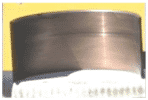 [/su_column][/su_row]
[/su_column][/su_row]
[su_spacer size=”100″]
[su_row]
[su_column size=”1/4″][/su_column]
[su_column size=”1/4″]APPLICATION
Polytron Metal Treatment Concentrate package (MTC)[/su_column]
[su_column size=”1/4″]USER
Large Diesel Generator Engine at a quarry – 1000KVA Cummins[/su_column]
[su_column size=”1/4″]LETTER FROM
Reference letter written by a General Manager of a quarry[/su_column][/su_row]

